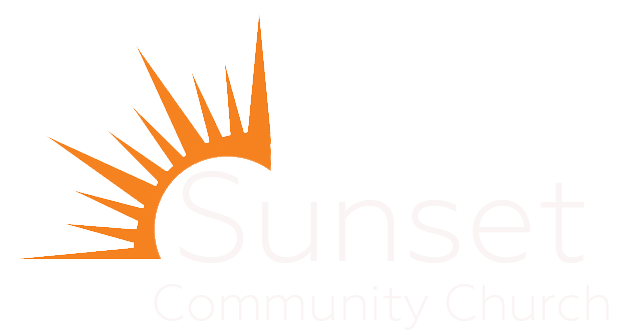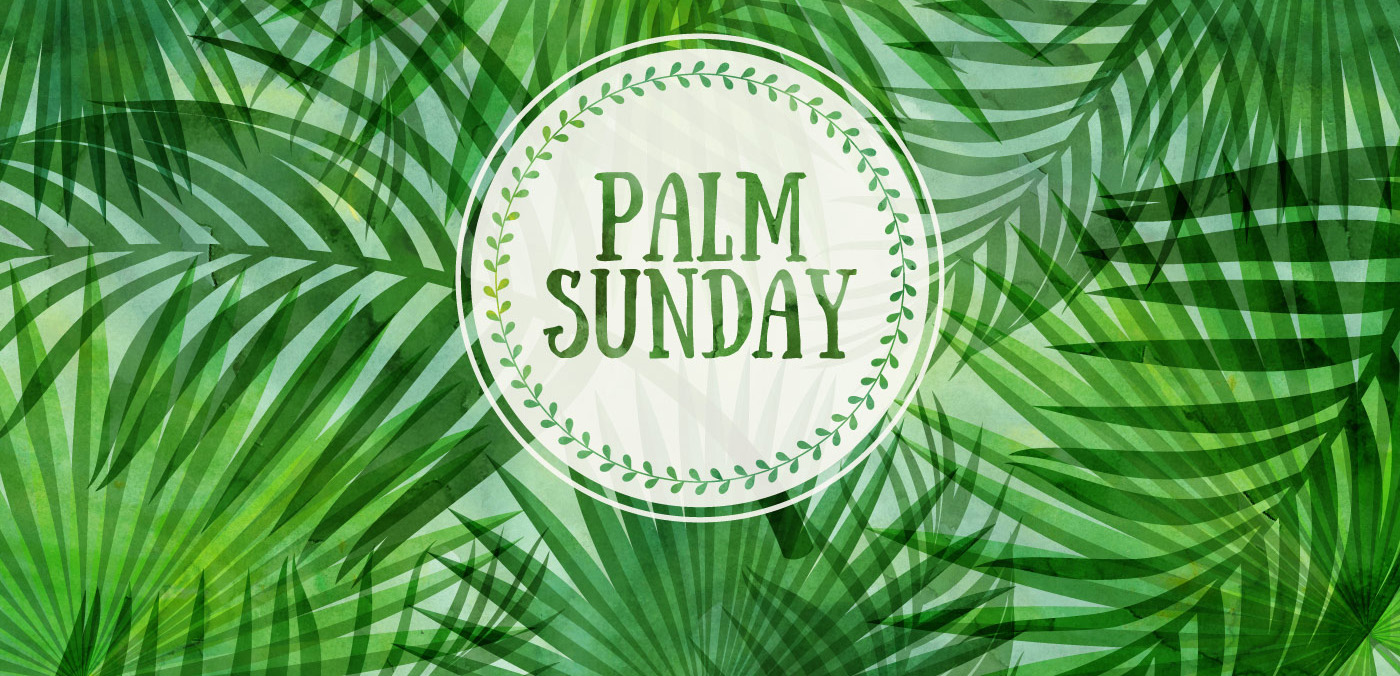This Sunday commemorates Jesus triumphal entry into Jerusalem and is called Palm or Passion Sunday depending on your tradition. All four gospels record this significant and prophetic event and I highly recommend you read them for yourself. You can find them in Matthew 21:1-11; Mark 11:1-11; Luke 19:28-44; and John 12:12-19. As I reread each account myself here are four things that stick out about this historic event that we still commemorate today.
Jesus fulfilled prophecy.
Not only was Jesus the long awaited King that the Jews had been longing for but his very entry into Jerusalem was just how it had been prophesied.
Zechariah 9:9 says, “Rejoice greatly, O daughter of Zion! Shout aloud, O daughter of Jerusalem! Behold, your king is coming to you; righteous and having salvation is he, humble and mounted on a donkey, on a colt, the foal of a donkey.”
I can imagine that Jewish theologians had been trying to reconcile their picture of a King (think David or Solomon) with the idea that he would ride in on a little colt, his feet barely off the ground. Yet here he was, having given his disciples an awkward command on how to get the colt, fulfilling prophecy that had been written centuries earlier. This was a plot twist that I don’t think even Hollywood could dream up.
What’s with the Palms?
The imagery of palms was a part of the Jewish culture and often reflected honor and nobility. 1 Kings chapter 6 and 7 record how Solomon had them as part of the sacred carvings of the temple. In Mark’s account of Jesus entry, people are spreading palm branches out on the ground along with their cloaks in what I imagine would be a sort of ancient red carpet that probably helped keep the dust down.
The significance of this honor paid to Jesus also foreshadows what is to come. In Revelation 7:9 there’s an incredible description of worship that – you guessed it – includes palm branches. So we see here Jesus is fulfilling the prophecy of Zechariah and also pointing forward to an even greater scene of worship that is to come.
Hosanna
The chances are pretty good that at some point you’ve sung a song at church with the word ‘Hosanna’ in it. As Jesus made his entry there was definitely some worship going on but what does Hosanna actually mean? It was a desperate cry from an oppressed people living under Roman rule that means ‘Oh save’ or ‘Save us now’. He would certainly save them but not quite how they imagined.
Where’s the victory?
The Jews had been waiting and their King was finally here! Sure he was riding on a baby donkey and didn’t have a sword, armor, or an army but he was there none the less. As the shouts of Hosanna went out, everyone anticipated what this long awaited Kings next move would be. How would he save them? Would he be like David and his mighty men? Would he be like Solomon with wisdom and riches? “Save us now”, they cried!
One week later, many of these same people who had shouted ‘Hosanna’ would be shouting ‘Barabbas’ . They would trade their long awaited King for a thief and a murderer. He hadn’t fulfilled their image of a King or brought about their idea of salvation and so they turned on him.
But God in his sovereign grace had a plan that included a vastly different idea of what salvation was to look like, one that we’ll be celebrating this coming week. I’ll leave you with these words from Revelation 7:9-10.
“After this I looked, and behold, a great multitude that no one could number, from every nation, from all tribes and peoples and languages, standing before the throne and before the Lamb, clothed in white robes, with palm branches in their hands, and crying out with a loud voice, " Salvation belongs to our God who sits on the throne, and to the Lamb!"
That’s my King!

